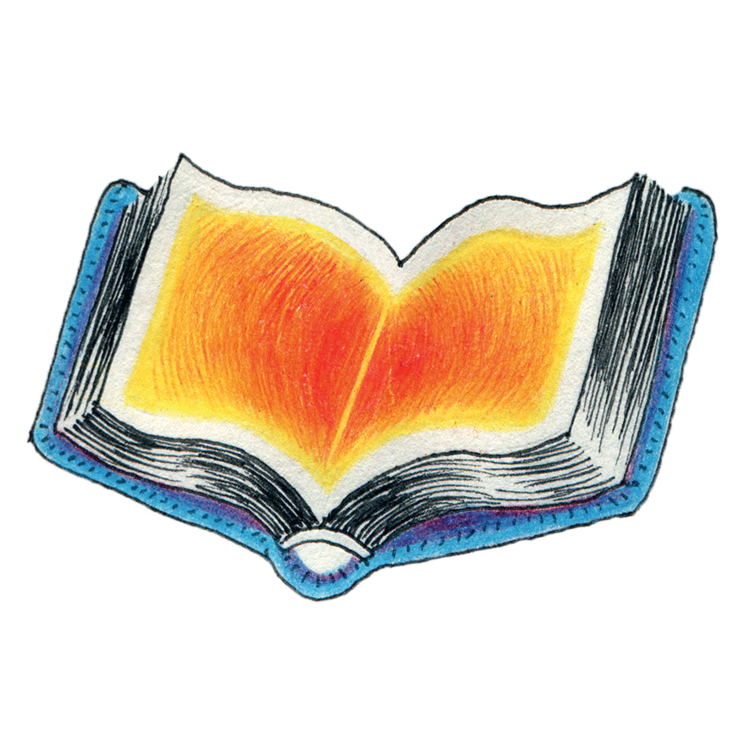Image © Shaun Tan
Straddling the divide between children’s picture book and adult graphic novel to splendid effect, The Arrival, by Australian illustrator Shaun Tan, is one of those rare beasts: a wholly graphic fiction, that dispenses with the use of words entirely. Rare, because it is so remarkably difficult – when attempting to tell an engaging and comprehensible story solely in pictures - to avoid a descent into monotonous exposition.
The story begins in a nameless land, with the scene being set for the departure of a man from his wife and daughter. It becomes apparent that he is leaving for a time, not out of animosity, but as a temporary necessity. As the family emerge from the house, and walk the father to a train station, we witness dark, serpentine forms writhing along above drab streets, yet nobody seems to attend to them in any way. Whether these images of the mundane fused with the unsettling are to be taken literally or as metaphor is not entirely clear; what is certain is that the very air itself carries a ceaseless, unwelcome weight. The protagonist – a tired and gentle sort of everyman – departs. And this is where the story takes wing.
We see him cross an ocean, and arrive in a new land. From the arcane rituals of categorisation he is subjected to upon entry, to the initially unfathomable nature of what should by all rights be a kitchen tap, he finds himself in a world whose signs and habits he is quite unable to read. It is here that Tan’s wordless approach comes into its own, working entirely to the story’s favour; upon arrival in a new land, it is the simplest thing to be lost for words.
His everyday confrontation with the otherness of the city finds a fitting amplification in the wonderfully inventive pictures of Shaun Tan – and in amongst all the visual strangeness, a vocabulary of forms and patterns emerges; serving to reinforce the fantastic reality of this new world. Gradually, he begins to learn how some things work, and where other things are – at times through persisting in his endeavours, at other times through the kindness of his fellow city-folk. His life undergoes a blossoming of sorts, as both the place and its people open up to him. And all the way along, in every event and circumstance that he encounters, there is a carefully placed, wonderfully recognisable echo for the reader, young and old alike, to uncover and relate to.
Intricately and realistically rendered in pencil and lush charcoal tones, with each panel bathed in a soft and slightly hazy glow, the book cultivates a carefully worn and aged aesthetic. To ensure a seamless reading experience, many hundreds of individual pictures are necessarily put to service – and this is accomplished with a blisteringly capable understanding of visual narrative, of what the reader’s eye needs to see, and where on the page it needs to be seen. And not once in the book’s 128 pages is there a trace of tediousness or unwarranted repetition – the reader is held fast by a combination of elegant artwork, compelling composition, and an engaging story set in a continually surprising world.
The beauty and power of the story told lies in the universal range of experiences it draws upon so effortlessly: the unsettling pain of departing from the familiar, the bewildering nature of the unknown, be it an unfamiliar street, land, or people, and finally, the tentative steps with which we gradually claim a new place (and life) as our own. This range of feelings, though simple enough, form the delightful engine at the heart of this book.
The New Indian Express, 24/01/2009

